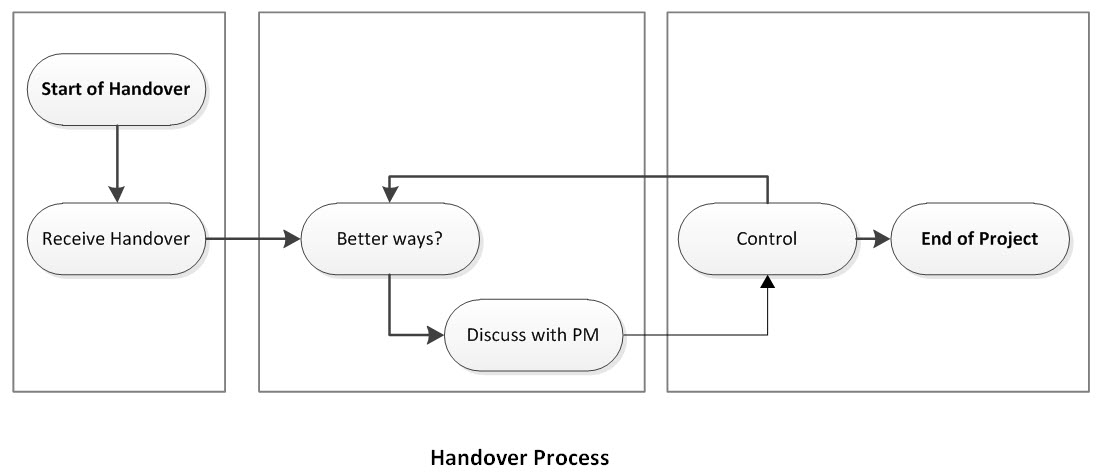Reading this blog post title, I’m sure you must be thinking what art could there be in a handover process?! As a project manager (PM), for sure, you’ve been exposed many times through your career to project handovers from colleagues that went on vacation, got sick or simply needed to move to another project and hand one over to someone else.
I personally just went through a handover from a colleague on a project, during this period, I outlined a clear process to help manage it. According to the Cambridge dictionary, the handover is “the act of giving responsibility for something to another person, or the period during which this happens”.
my own experience
Bearing this in mind, I was about to take full responsibility on this project, so I had to make sure to understand the project as thoroughly as possible. The project was an organic growth kind of project. When you’re given such type of projects, considering yourself the PMO, you always have the opportunity to present better and more efficient processes to be followed.
So I divided the handover process into three main steps:

1 - get the handover
Eventually, the first step should be understanding the project and getting to know every little detail about it. Pay attention to the details, as you might really need them later on and always remember to ask as much questions as you can, and there will eventually be some points that your colleague has forgotten to tell you.
Part of this step is also to make sure your team members are all aware that from now on you are the project manager in charge, you can arrange that with the project manager during a conference call, but better to make it in a gathering for the whole team.
2 - think of a better way to do things

You will always find a place where you can improve! Be sure to share these ideas with your colleague, though he might get a little bit defensive as he’s been working on this project for some time and now you’re asking him to be more creative.
Sometimes, if you are given a project already full of problems and issues, performing Ishikawa diagrams would be the best way to find the root causes of issues and discover new ways of managing risks, issues, tasks and processes in the project. The project is in your hands now, it’s your responsibility!
3 - control
You’ve got the project, you’re now the master, make sure on a weekly basis to review the ideas you’ve suggested and implemented:
- were they good enough?
- did they really make a change?
- were they source of more problems? (If that’s the case, make sure to roll back to the way things were rolling beforehand!)
What do you think of this way to manage the project handover? Do you have your own process to go through it? Would you suggest additions to this process?
Ahmed
photo credit: © Brian Jackson and © whitewolf - Fotolia.com

I have more than 6 years of professional experience in the Software Development (VB.net, Oracle, Toad, CMS projects..etc.) and Telecommunications industry, 3 of which are in the project management division of the global telecom provider, Orange Business and in the brokerage company NAEEM Holding. I hold an MBA in management.
Alongside my professional experience in the IT industry, I have a passion for creating new processes and developing better practices. I am the owner of Gilimag online magazine for youth in the Middle East with a fan base of more than 2000 fans.